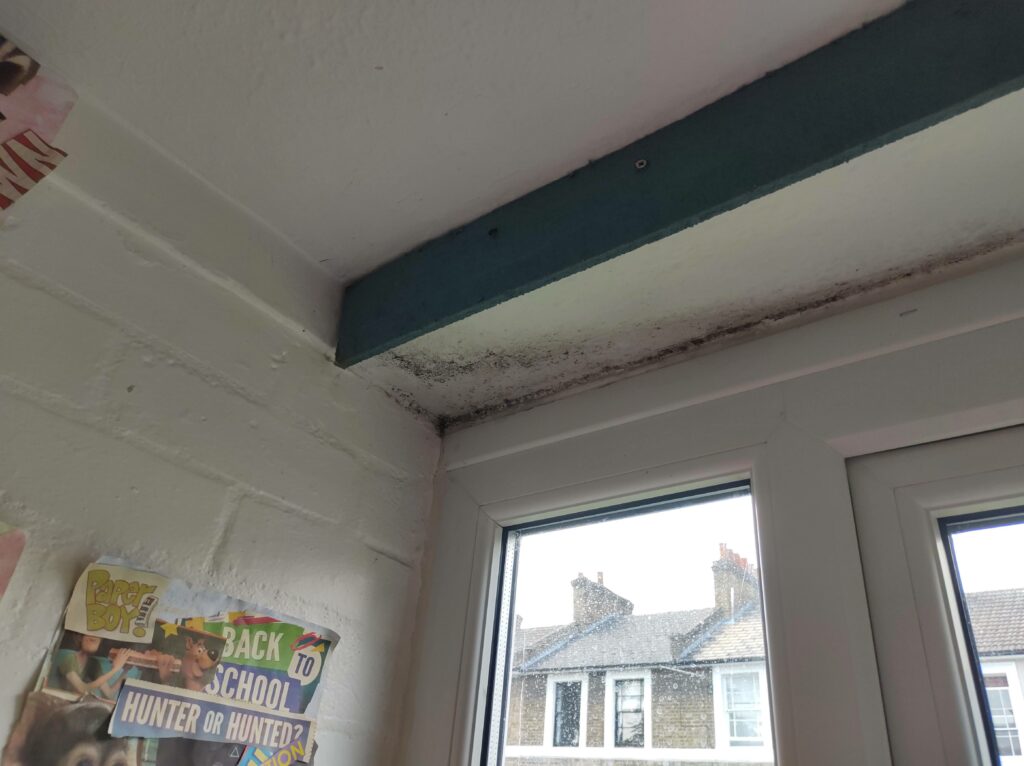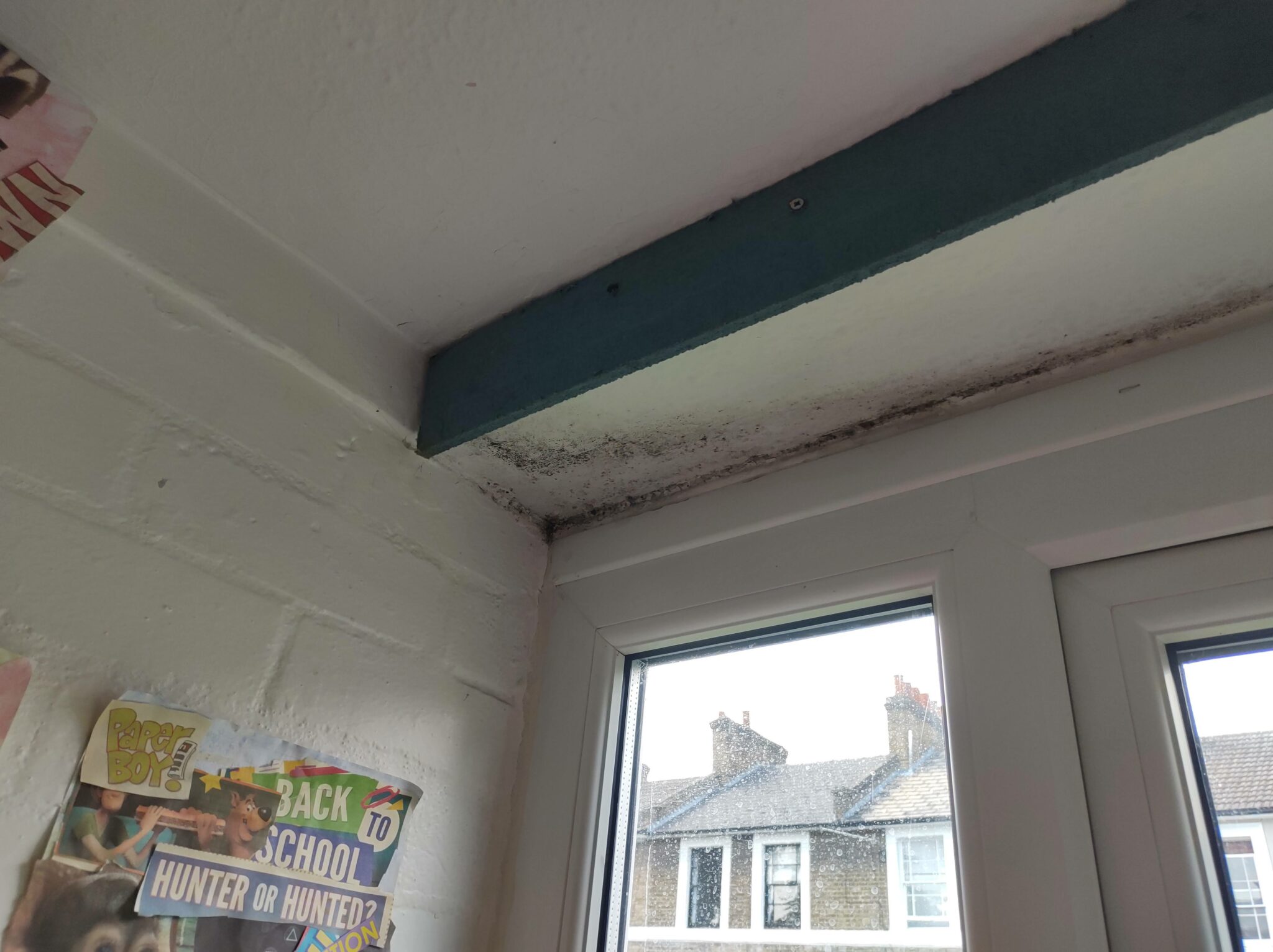We spend a huge part of our lives indoors – I’ve spent 96 per cent of my last 24 hours indoors, and it’s not an unusual day for me in winter.
Consider your day. How long were you actually outside in the sunshine (or rain) altogether today?
During mid-winter in England here was my typical day:
- 7:40-8:00am: Cycled to the gym
- 8:50-8:55am: Cycled to work
- 12:30-12:35pm: Went to the shop for lunch
- 6:00pm-6:20pm: Cycled home.
That means that in 24 hours I’ve been outside for a grand total of 55 minutes.

If you go to the gym indoors and you drive or take public transport to work, you might spend even more time indoors.
Poor indoor ventilation affects your health
If you work in a modern office you probably have to put up with air-conditioning, central heating or a combination of the two.
- Everyone gets a cough in the office at winter.
- And all of the windows are closed in winter.
These points are related.
The human body needs 30m³ of fresh air per hour. That’s the size of a large living room, every hour, per human. That amount of fresh air guarantees a few things:
- It clears out the carbon dioxide we exhale
- It clears out body odours and bad smells
- It clears Volatile Organic Compounds (VOCs)
- It clears moisture out of the air, so it’s not as humid
Carbon dioxide, although linked to the poor performances of students in schools, is actually the easiest to dilute. You only need a little air to clear out the CO2.
Body odours and bad smells are easy to clear, too. They’ll naturally dissipate in the air after a while (except bad breath, you need mints for that).
VOCs are complicated. Modern furniture (like the IKEA stuff) and building fabrics (like MDF) contain glues, paints and chemicals that are released into the air through the course of their lifetime. In an unventilated room these chemicals sit in the air and we breathe them in. They are carcinogenic.
But the element in unventilated rooms that really affects your health for the worst? Moisture.
Humid air makes us ill
Human activity creates a lot of moisture. We breathe and sweat it out all day. Washing, cooking and drying clothes all generate moisture in the air. If your home or office isn’t well ventilated the moisture will sit in the air and the Relative Humidity (RH) levels of the space will increase.
A 50 per cent RH level is optimum for humans. Above 60 per cent humidity and we start to suffer from issues related to mould, bacteria and mildew in the air such as:
- Asthma
- Respiratory problems
- Sore throats and noses
- Allergies
You’ll know your home or office is too humid if you have condensation on your windows or black mould on your walls. It’s that simple.
Unlike the PassivHaus and EnerPHit eco homes I help design here in the UK, the office and homes we live in are unlikely to have adequate ventilation. UK Building Regulations ask for trickle vents in the windows and extractor fans in the kitchen and bathroom. This is totally insufficient for the average family.
The pinnacle of good indoor air quality is ventilation via Mechanical Ventilation with Heat Recovery, or MVHR.
That’s why it’s a good idea to spend some time outdoors in winter. And although it’s a little uncomfortable, purge your living and working spaces by opening the windows and letting the cold air blow in every now and again.
Fresh air is better than an afternoon biscuit
One of the warning signs of poor ventilation is a feeling of tiredness and sluggishness. Most put the mid-afternoon biscuit break (or Afternoon Tea) down to hunger or boredom, but it’s actually more likely to be the effects of high CO2 levels in your office making you feel drowsy. Get some fresh outdoor air rather than reaching for the biscuits and you may feel better without the sugar high.
